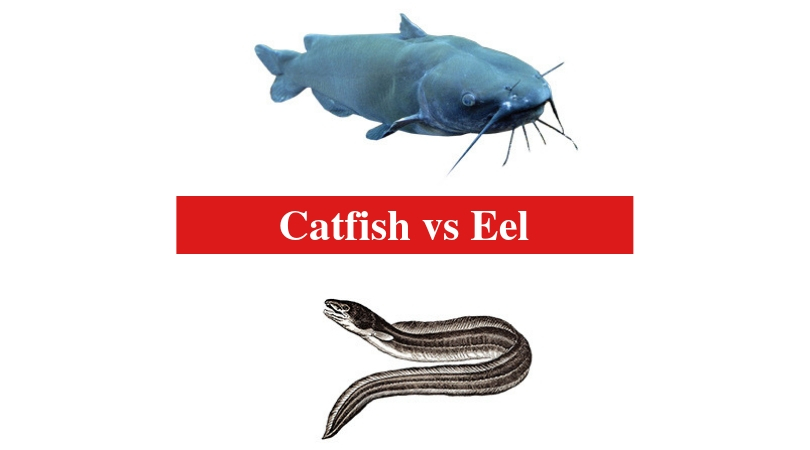
Catfish and eels are freshwater fish species found in North America, Africa, and some parts of Asia. The eels have some similarity with catfish, but there exist distinctive physical features to help you identify them.
Catfish vs Eel
Catfish and eels enjoy the comfort of murky waters. They can be found hiding in mud and other swampy parts of the river. Catfish and eels tend to hide in these regions to avoid discovery; they rely on the murky nature of the environment for cover. Some anglers have expressed shock when they catch eels in rivers they visit every day. The eels are so elusive; the anglers claim they never suspected eels lived in the river until accidentally catching one. There are different species of eels, similar to catfish; however, the freshwater eels have more similarities with the catfish.
The catfish and eels have similar weights at their adult stage. Catfish are known to weigh about 14 kg averagely (except bigger catfish species such as the Wels catfish which can weigh as much as 150kg). The eels also weigh about 13 kg averagely.
Catfish and eels have a similar body structure. They have cylindrical body shapes without scales on the skin. They have thick and slippery skin, holding the catfish or eel can be a tough task for someone who is not experienced. The electric eels can send a jolt of voltage to give you a shock if they feel threatened. The eels, however, do not have the barbells that make the catfish stand out from other fish species.
Catfish spawn at the beginning of spring. This is a period when the water is becoming warm again after the winter. The catfish spawning season is a great time to go catfishing. Anglers catch many fish during this time and make good sales. Eels are known to spawn in the rivers; however, at a later part of their lives, the eels migrate to the oceans where they live until death. The population of eels is reliant on how much they can spawn before this inevitable migration to the ocean. Female eels lay millions of eggs which hatch into larvae and slowly develop into the eels.
Regarding their diet, catfish are omnivores; they feed on living organisms and aquatic plants. Catfish enjoy eating shads, crayfish, worms, and other smaller fish species. Eels are known to prey on crabs, shrimps, crayfish, and in some circumstances, eels can eat other eels that are smaller in size.
To catch eels, the angler relies on the sense of smell. They cut up live bait which gives off a stronger scent in the river to attract the eels. The use of live bait is advised because eels do not have a good vision, unlike the catfish. Anglers can catch catfish by using bright colored lures because catfish are sight feeders.
Catfish is farmed for its meat which is rich in protein, and other healthy oils. Eels are not as highly demanded in the fish market when compared to the catfish. People prefer to eat catfish because it is delicious. It is believed that the blood in eels is poisonous; however, the cooking process destroys any trace of contaminants. Eels are frequently featured in Japanese menus. The important point to note is it must be properly cooked.
Related:
